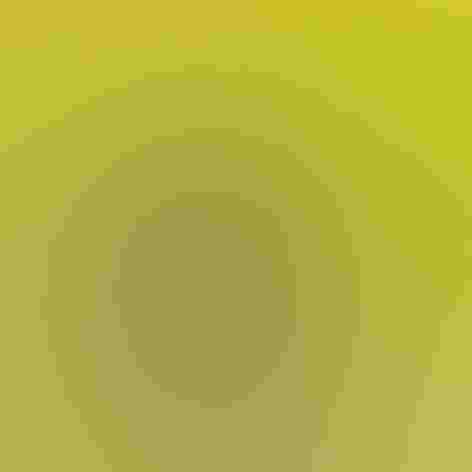Steller’s Jay
At a Glance
A common bird of western forests. Steller's Jay is most numerous in dense coniferous woods of the mountains and the northwest coast, where its dark colors blend in well in the shadows. Except when nesting it lives in flocks, and the birds will often fly across a clearing one at a time, in single file, giving their low shook-shook calls as they swoop up to perch in a tall pine.
All bird guide text and rangemaps adapted from Lives of North American Birds by Kenn Kaufman© 1996, used by permission of Houghton Mifflin Harcourt Publishing Company. All rights reserved.
Category
Crows, Magpies, Jays, Perching Birds
IUCN Status
Least Concern
Habitat
Arroyos and Canyons, Forests and Woodlands, High Mountains
Region
Alaska and The North, California, Northwest, Plains, Rocky Mountains, Southwest, Texas, Western Canada
Behavior
Direct Flight
Population
3.000.000
Range & Identification
Migration & Range Maps
Often a permanent resident, but may move to lower elevations in winter. Occasionally stages large invasions into lowlands, perhaps when food crops fail in the mountains.
Description
12-13 1/2" (30-34 cm). Very dark overall, the only all-dark jay with a crest. Small spots on forehead and near eye may be white (especially inland) or blue (near the coast). In the eastern Rockies, sometimes interbreeds with Blue Jay, producing intermediates.
Size
About the size of a Crow, About the size of a Robin
Color
Black, Blue
Wing Shape
Broad, Fingered, Rounded
Songs and Calls
A harsh shack-shack-shack-shack or chook-chook-chook call reveals its presence. May also mimic the screams of hawks.
Call Pattern
Falling, Flat
Call Type
Buzz, Chirp/Chip, Rattle, Raucous, Scream, Whistle
Habitat
Conifer and pine-oak forests. Most numerous as a breeder in the mountains and along the northern coast in forests of pine, spruce, and fir; also lives in pine-oak forest, and locally in riverside groves of oaks and other deciduous trees. Especially when not nesting, will range into other woodland types, orchards, and well-wooded suburbs.
Sign up for Audubon's newsletter to learn more about birds like the Steller's Jay
Behavior
Eggs
4, sometimes 3-5, rarely 2-6. Pale blue-green, finely spotted with brown or olive. Incubation is mostly or entirely by female, about 16-18 days.
Young
Both parents bring food for nestlings. Age of young at first flight not well known, about 3 weeks.
Feeding Behavior
Forages mostly high in trees but also low or on ground. Opens hard seeds and acorns by pounding on them with bill.
Diet
Omnivorous. Diet is about two-thirds vegetable and one-third animal matter. Feeds heavily on pine seeds, acorns, and other nuts and seeds, especially during fall and winter; also eats many berries and wild fruits, sometimes cultivated fruit. Especially in summer, eats many insects, including beetles, wasps, and wild bees. Also eats spiders, birds' eggs, table scraps, sometimes small rodents or lizards.
Nesting
In courtship, male feeds female. Adults are quiet and secretive while nesting, but become noisy and aggressive if nest is threatened. Nest site is in tree, usually coniferous; sometimes in deciduous tree or shrub. Height varies, usually 10-30' above the ground, sometimes lower or much higher. Nest (built by both sexes) is a bulky ragged cup of twigs, weeds, moss, dry leaves, cemented together with mud and lined with fine grass, rootlets, and pine needles. Bits of paper often added to nest.
Conservation
Conservation Status
Still widespread and common.
Climate Threats Facing the Steller's Jay
Choose a temperature scenario below to see which threats will affect this species as warming increases. The same climate change-driven threats that put birds at risk will affect other wildlife and people, too.












